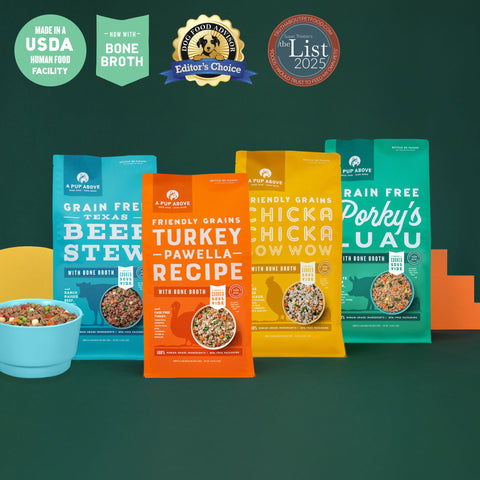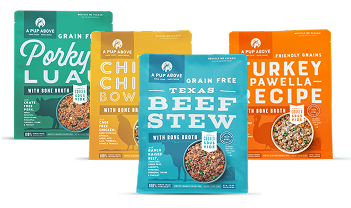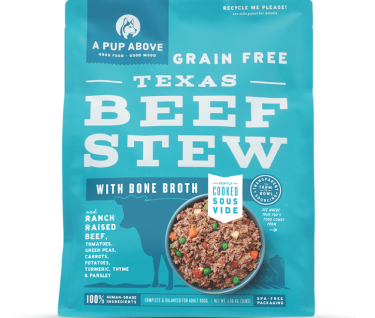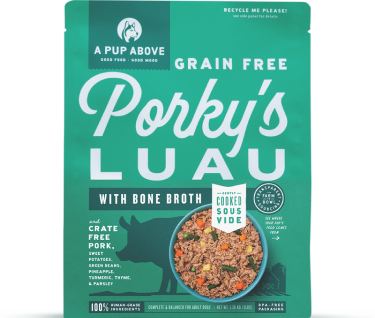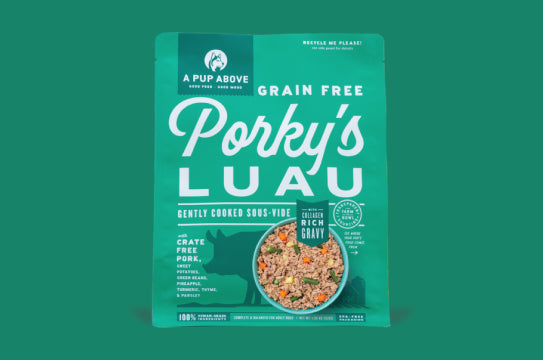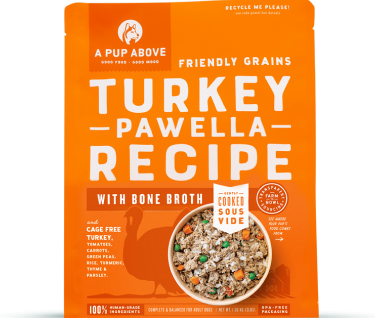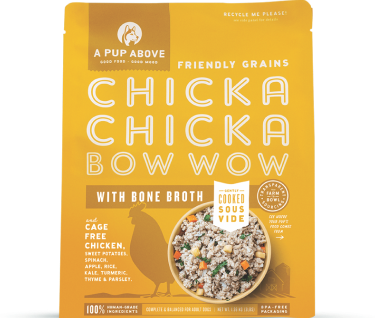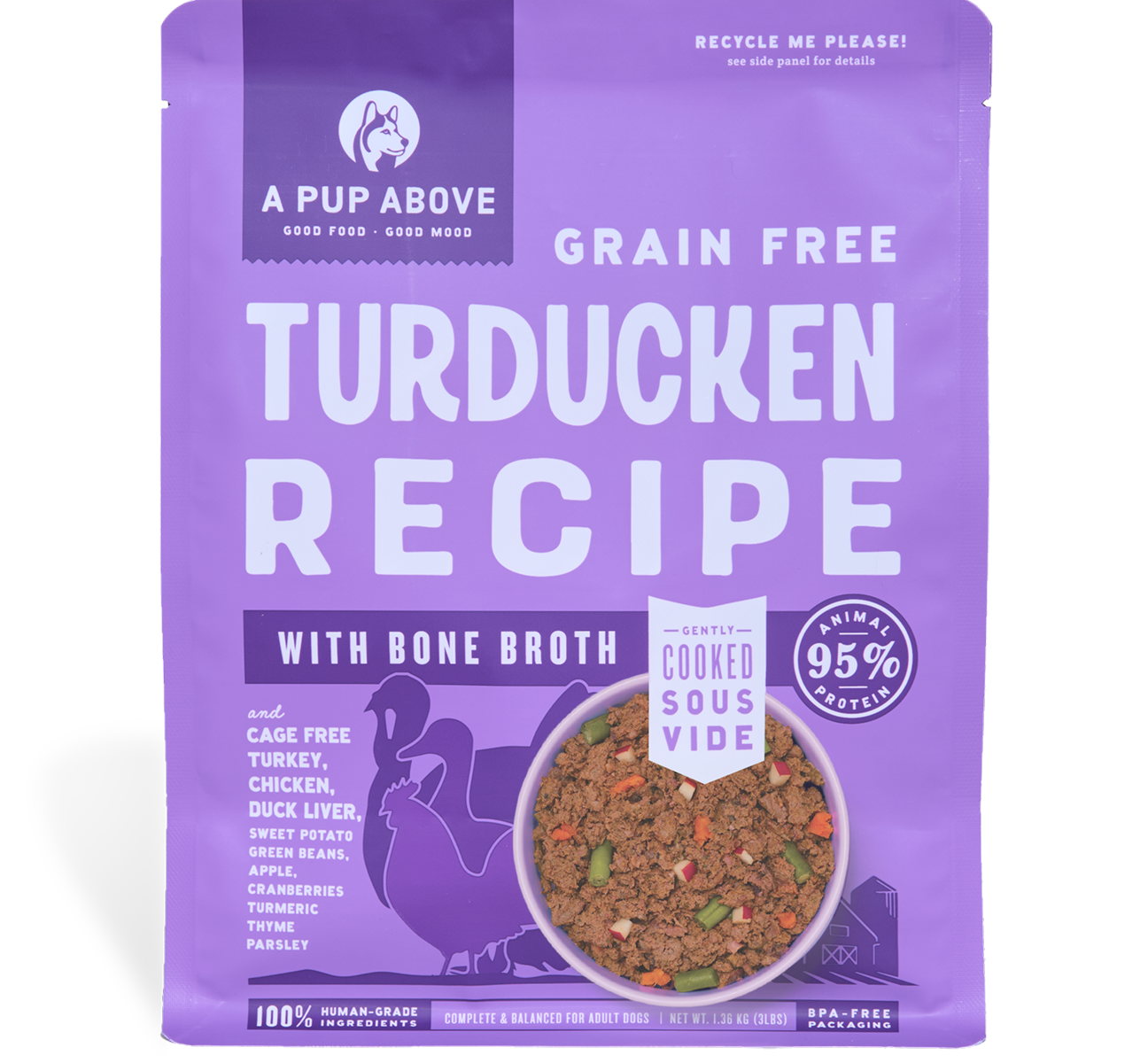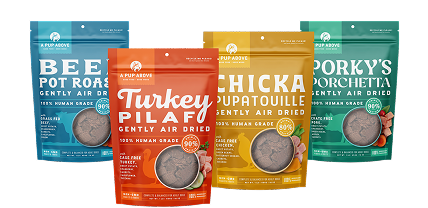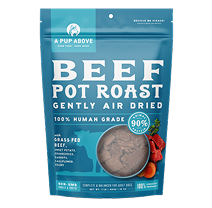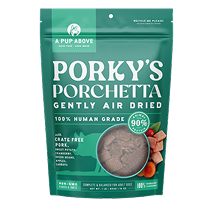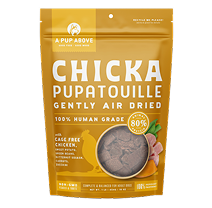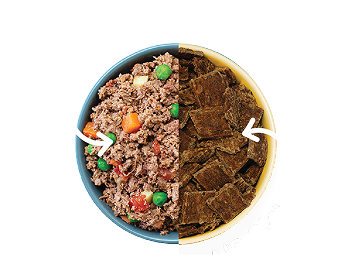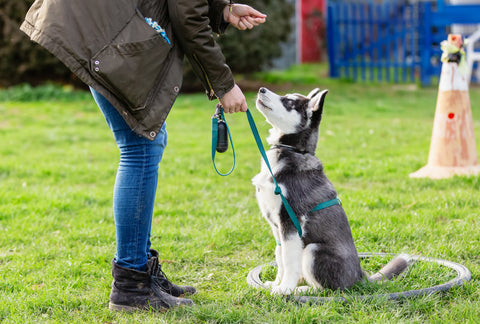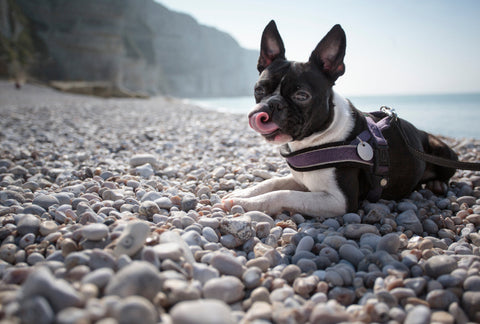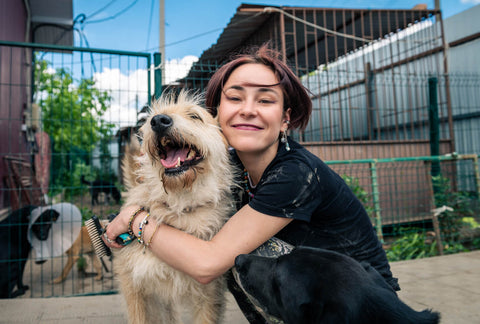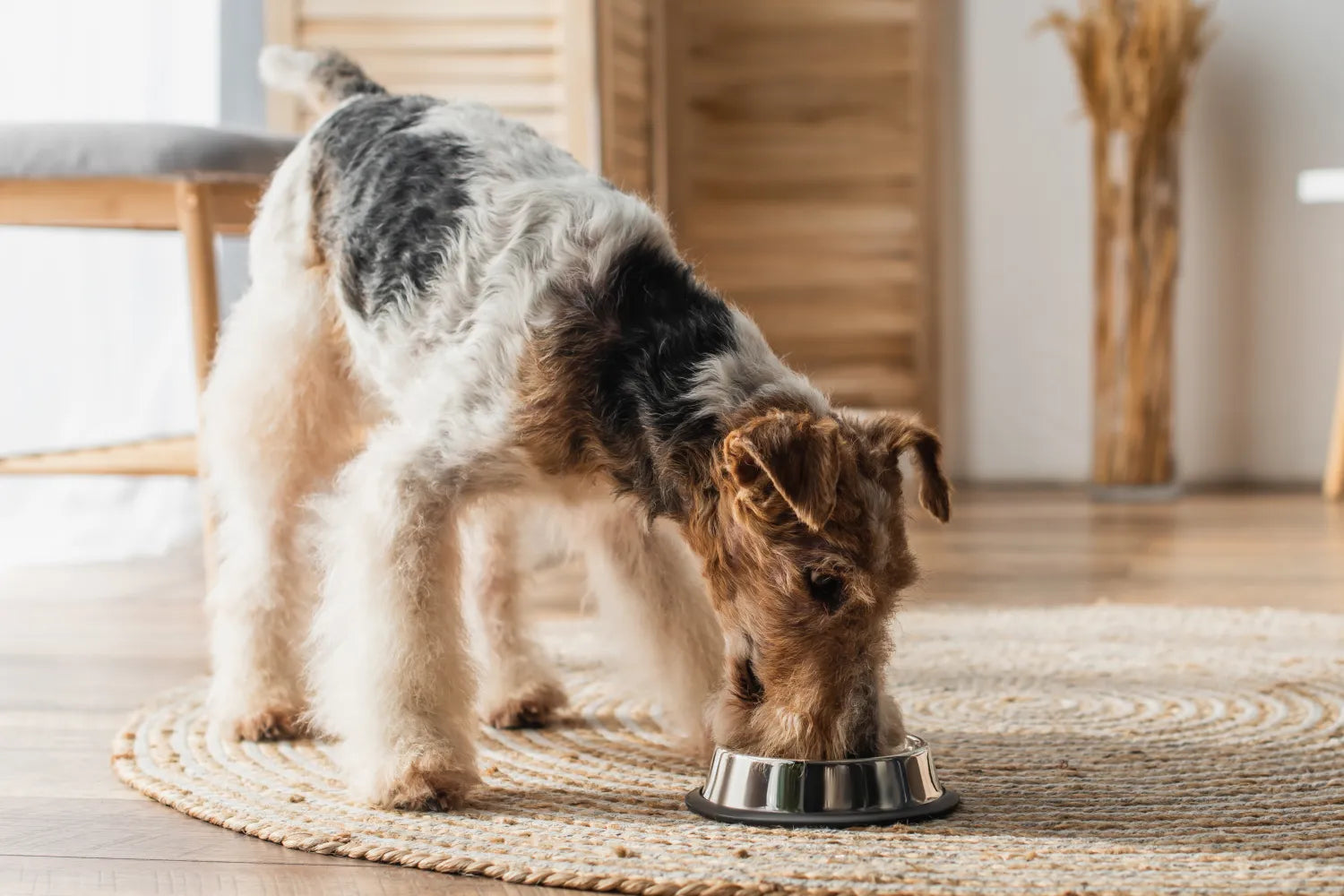
What To Feed When a Dog Has a Yeast Infection
Dealing with a dog yeast infection? We’ve been there — the nonstop scratching, the weird smells, the “what the heck is going on” energy. While you’re probably deep in ear drops and vet visits, here’s something a lot of people don’t realize: what your pup eats can make a real difference.
At A Pup Above, we’re all about feeding dogs real food that actually supports their health. That includes times when things feel a little off. If your pup’s dealing with yeast overload, some smart swaps in the bowl can go a long way. Let’s talk about it.
How Are Yeast Infections and a Dog’s Diet Related?
Here’s the deal: yeast is already living on your dog’s skin and in their digestive system. Totally normal. The problem starts when it multiplies faster than your pup’s body can keep it in check — that’s when the itching, stink, and general misery kick in.
So, what throws things off balance? One big factor is your dog’s gut health. The gut is home to trillions of bacteria, both good and bad. When that balance gets out of whack — like after antibiotics, stress, or eating the wrong foods — yeast can start to take over. And once it does, it doesn't back off easily.
Your dog’s immune system also plays a key role here. A strong immune system keeps yeast in line. A weakened one? Not so much. And spoiler alert: what your dog eats can directly affect both their gut health and immune strength.
Now, let’s talk carbs. Yeast loves sugar. And many carbs — especially the refined, starchy kind — break down into sugars in the body. We’re talking white rice, corn, wheat, and potatoes. When a dog’s diet is heavy in these ingredients, it basically gives yeast a buffet to thrive on. That’s why certain commercial dog foods can unintentionally make things worse.
Bottom line? If your dog’s food is packed with filler carbs, it might be feeding more than just their appetite — it could be fueling the yeast party you’re trying to shut down.
What Foods Are Recommended for Dogs With Yeast Infections?
You now understand how yeast overgrowth can be linked to gut health and too many carbs — so, what should actually go in the bowl instead?
Here’s what we feed our pups when we want to support their systems and keep things clean, balanced, and delicious.
High-Quality Animal Protein (Real Meat, Not “Mystery Bits”)
Your dog’s body runs best on real protein — not cheap fillers. That’s why every one of our recipes starts with premium cuts of meat like chicken, beef, pork, or turkey, plus nutrient-rich organ meat like liver.
These provide essential amino acids that help support immune function, tissue repair, and muscle strength. And because yeast can multiply when the immune system is out of whack, giving your pup the right building blocks for defense is a smart move.
Low-Starch Veggies That Pull Their Weight
When your dog’s dealing with yeast issues, not all veggies are created equal. At A Pup Above, we stick to non-GMO produce that brings real benefits without excess sugar or starch. These ingredients help support digestion, immune function, and overall wellness — all while keeping things simple and clean.
Here are a few we love to include:
- Spinach: loaded with iron, fiber, and antioxidants
- Green beans: low in carbs, high in fiber and crunch
- Kale: packed with vitamins A, C, and K
- Carrots: a good source of beta-carotene and easy on sensitive tummies
- Tomatoes (properly prepared): a source of lycopene and vitamin C
- Green peas: offer plant protein and a nice fiber boost
- Apples: light on sugar, high in fiber and hydration
- Pineapple: brings natural enzymes that help keep things moving
Dogs and vegetables can be a funny combo — some pups act like kale is a personal insult, while others will happily chomp anything that hits the floor. But when these veggies are gently cooked into our fresh, human-grade meals, even the pickiest eaters tend to get on board. As it turns out, real food just tastes better.
Bone Broth for Gut + Skin Support
Bone broth isn’t just a flavor booster — it’s packed with amino acids, collagen, and gelatin that help support your dog’s gut lining, joints, and skin barrier. That’s huge when you’re trying to help calm irritated skin or digestive drama caused by yeast overgrowth.
All of our meals at A Pup Above are simmered with real bone broth, making them easier on sensitive stomachs and way more exciting to eat. Dogs go nuts for it. And we don’t blame them.
Friendly Grains (Yes, Some Are Totally Fine)
Not all grains are the enemy. In fact, some pups do well with low-glycemic, easy-to-digest grains like rice — especially when paired with high-quality protein and not buried under filler starch.
Our Chicka Chicka Bow Wow and Turkey Pawella recipes include friendly grains in small, balanced amounts to add fiber and energy without overwhelming your dog’s system. For yeast-prone pups, it’s all about what kind of carbs — and how many.
Superfoods That Actually Do Something
Superfoods sound fancy, but really, they’re just ingredients that go above and beyond. We’re talking herbs and fruits that do more than add color to the bowl — they actually help your pup feel better from the inside out.
Things like turmeric, thyme, parsley, apples, and pineapple show up in our recipes because they’re packed with natural compounds that support digestion, joints, and even help keep breath from getting a little too dog. Nothing over-the-top or complicated — just real ingredients doing real work in meals your pup will actually want to eat.
How To Transition Your Dog Away From Foods That Can Contribute to Yeast Infections
Switching your dog to a fresh, low-carb diet doesn’t have to be a whole production, but it does take a little planning. Dogs have sensitive stomachs (and opinions), so a gradual transition is the way to go.
Here’s how to do it without causing chaos in the bowl — or the backyard:
- Start slow: Begin with 25% new food and 75% old food. Mix it well so your pup can’t just eat around the fresh stuff (they’ll try). Stick with this ratio for two to three days.
- Watch and wait: Keep an eye on their stool, appetite, and energy. Some dogs adjust immediately, others might need a little more time to settle in.
- Increase gradually: After a few days, go to 50/50. Then 75/25. You’re aiming for a full switch around the 10-day mark, depending on how your dog handles it.
- Keep things consistent: Dogs love routine — and their digestive systems do, too. Once you’ve made the switch, avoid bouncing between different foods unless there’s a reason to.
- Skip the table scraps: Even if they give you the look, stick to their new food plan. A sneaky high-carb snack can throw things off quickly when you’re trying to reduce yeast triggers.
Remember, every dog’s different. Some breeze through the transition like it’s no big deal. Others might need a little extra time (and patience). But once you make the switch to real, balanced food? Most pups don’t look back.
When Should I Take My Pet to the Vet?
Wondering when it’s more than just a food fix? Totally fair. While diet can do a lot of heavy lifting, it’s not a cure-all — and sometimes, your pup needs a little extra help.
If your dog’s yeast infection symptoms aren’t improving after switching to a cleaner, low-carb diet, or if things seem to be getting worse (think constant scratching, strong odor, red or inflamed skin, or recurring ear issues), it’s time to call the vet.
The same goes for any major changes in behavior, appetite, or energy. You know your dog better than anyone — if something feels off, trust your gut.
A vet can help rule out underlying issues, confirm whether yeast is really the culprit, and suggest treatments that pair well with a food-based approach. Diet is a great tool, but when it comes to your pup’s health, there’s no shame in tag-teaming it with a pro.
The Bottom Line
Yeast infections can be a pain — literally. But knowing what’s in your dog’s bowl can make a big difference in how they feel. At A Pup Above, we’re all about feeding real food with real benefits, especially when your pup’s dealing with something tricky like yeast overgrowth.
From cutting out the filler carbs to adding gut-friendly ingredients like bone broth and superfoods, small changes can go a long way. If you’re thinking about making the switch, we’re here to help make it simple (and tasty). Because every dog deserves food that supports them — nose to tail.
Sources:
Analysis of the gut microbiome in dogs and cats | PMC
Yeast Infections in Dogs: Everything You Need to Know | AKC
How to Switch Dog Foods: Transitioning Your Dog's Diet | American Kennel Club
Top Stories

Why Do Dogs Lick Their Paws?

Why Do Dogs Whimper & Make Noises in Their Sleep?
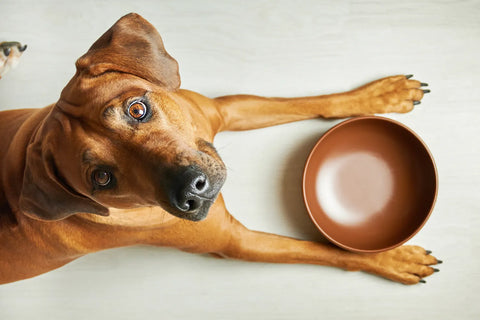
Healthy Vet-Approved Homemade Dog Food Recipes
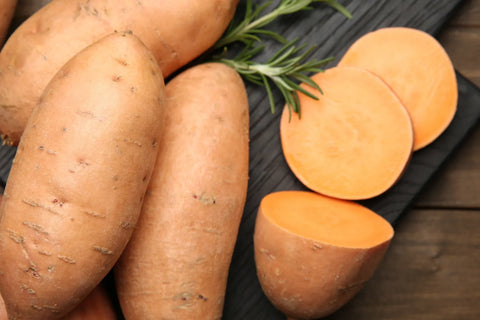
How To Cook Sweet Potatoes for Dogs
